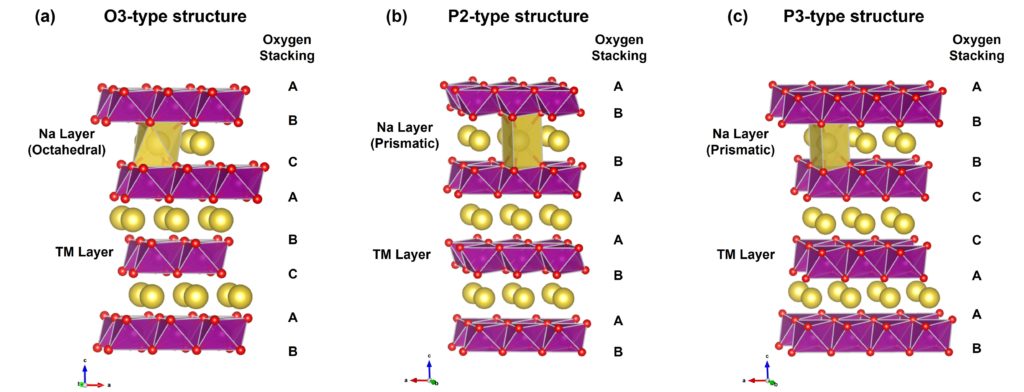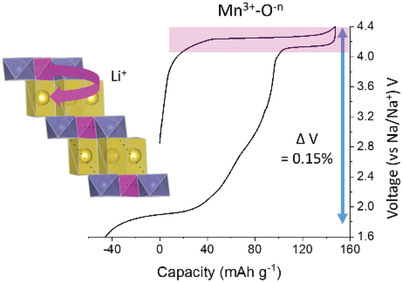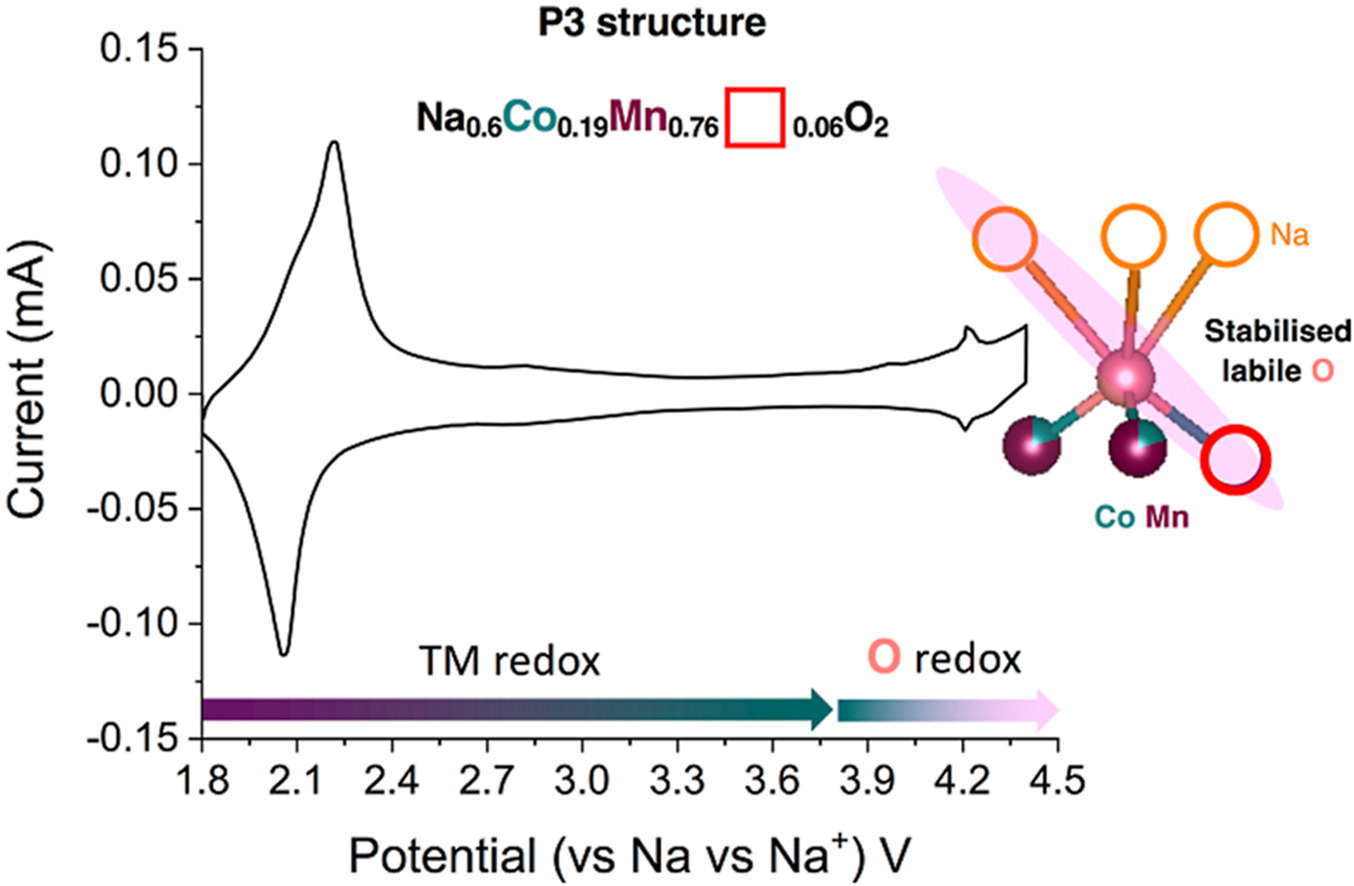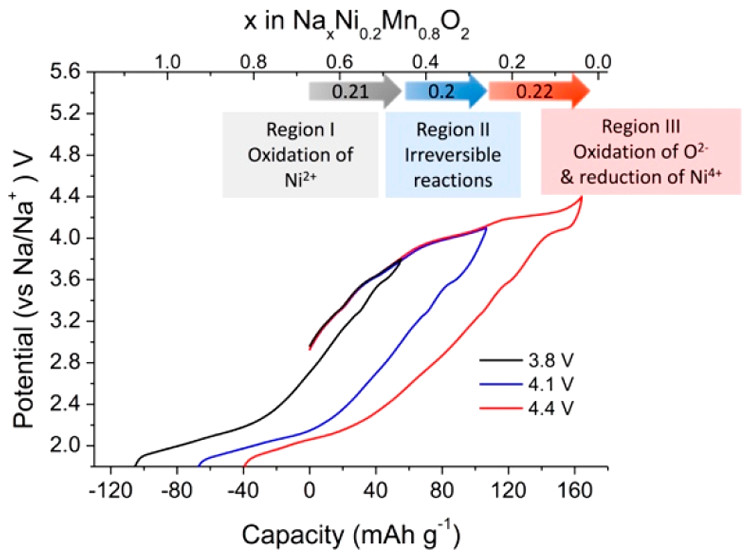Sodium Layered Oxides
Sodium layered transition metal oxides, (NaxTMyO2, TM = transition metal) represent a promising family of positive electrode materials for NIBs. As analogues to the common commercial LIB positive electrodes such as LiCoO2, NMC and MCA, they have been intensively studied for NIBs with the hope that much of the knowledge gained via LIB development can be directly applied here to accelerate NIB development. However, due to the larger ionic radius of Na+ compared to Li+, they have a much richer structural chemistry compared to their Li counterparts. They can adopt multiple polymorphs which include O3, P2 and P3, based on the coordination environment of the Na+ ions and the number of TMO2 slabs in the unit cell, while the Li equivalents typically only form the O3 structure. Therefore, intensive work is underway to understand the electrochemical behaviour of each polymorph in the Na oxides, each of which displays different performance characteristics when used in NIBs, to allow optimal matching of performance parameters (energy, rate, lifetime) to the desired application.

Anion Redox
In pursuit of achieving improved energy densities for rechargeable batteries, lithium rich layered oxides and sodium layered oxides have attracted great interest as high-capacity positive electrodes materials. These materials have been shown to deliver extra capacities exceeding the theoretical limit of transition metal redox arising from additional oxygen redox reactions. Whilst oxygen redox activity offers a means of increasing the energy density of rechargeable batteries, irreversible structural changes tend to occur upon charge/discharge which can be detrimental to their cycling performance. Therefore, to enhance the long-term cyclability of these materials, several approaches which can be used to improve their structural integrity and enhance oxygen redox reversibility. The majority of these studies have explored P2 and O3-type sodium manganese-based oxides. By contrast there are correspondingly fewer studies performed on the low temperature P3-type sodium manganese-based oxides. Therefore, our group is focused on gaining a fundamental understanding of oxygen redox behaviour in P3-type sodium manganese based oxides which are partially doped with electrochemically active elements (Co, Cu, Fe, Ni), inactive elements (Li, Mg, Zn) and those containing transition metal vacancies. We use several complementary techniques together with electrochemical tests to provide a detailed understanding of the changes that occur on charge/discharge, in order to enable us to design competitive P3-type and P2/P3 composite positive electrode materials for NIBs.
- Representative Publications:



